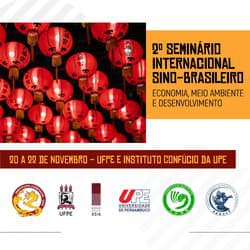Collaborative tools to car commuting in Brazil and China
Resumen
Brazilians and Chineses use applications daily to meet some of their needs. Geolocation, memory, communication, entertainment and learning are some examples, but it is well known that not every moment is suitable for the use of certain technologies, and sometimes its use is even illegal. While driving a car, a person tends to keep using their phones, even though it is distracting and dangerous, but the reasons behind this use are related to trying to make travel less unproductive and unpredictable. This problem leads this work to debate the relationship between driving and the continuous interactions with technologies in the car. For this, the debate is based on findings done by Souza et al. (2019) in Recife, Brazil, applying Design Anthropology approach and the Design Ethnography method, seeking to understand how improvisations and contingencies can provide a deep understanding of the user's real needs. The results shows that, by applying this methodology, it was possible to raise many considerations about how and why people collaborate on traffic, including which applications they use and how they trust the information presented while aggregating their own personal knowledge. And , based on this knowledge, This article intends to raise hypothesis based on these findings that can be linked to China’s reality, opening opportunities to future researches.Descargas
Publicado
2020-01-13
Cómo citar
Souza, A. P. C. de. (2020). Collaborative tools to car commuting in Brazil and China. Boletim Do Tempo Presente, 8(02). Recuperado a partir de https://ufs.emnuvens.com.br/tempopresente/article/view/12581
Número
Sección
Edição Especial: Seminário Sino-Brasileiro









